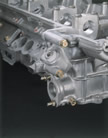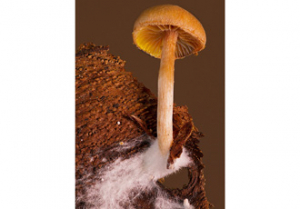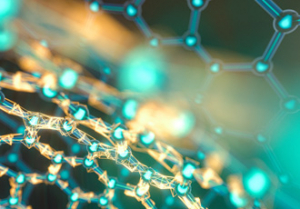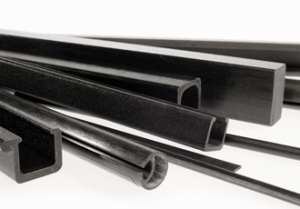ThreeBond 1300 - the total package on anaerobic adhesives
18th December 2008

Global adhesive manufacturers ThreeBond are delighted that their anaerobic 1300 series offers such a comprehensive spread of solutions for cleverly bonding the joints of all types of threads etc, preventing them from loosening or leaking. They are distinguished from ordinary adhesives and sealants by the fact that they remain liquid so long as they are in contact with air, and as they enter fine gaps in metal parts and become isolated from oxygen, they harden at normal temperature without shrinking.
The hardened adhesive is characterised by excellent vibration resistance, heat and chemical resistance, effectively bonding threads and joints and preventing loosening and leakage. Each product is one-part, non-solvent based with good workability and easy use. Typical applications are in thread locking of all types of bolts, studs etc, retaining nuts or sealing threaded joints, e.g. in hydraulic systems, practically anywhere and everywhere.
1300 series is ideal for fixing/sealing of motor shafts/rotors, pulley or gear fixing, location of bearings, bushes, sleeves, splines, tubes and Welch type core plugs. Indeed, so good is the fine capillary action that some 1300 anaerobic adhesive can even be applied after assembly.
Performance of the 1300 series is characterised by quick hardening at room temperature, little shrinkage, excellent oil, chemical, vibration and weathering resistance. Ease of use is greatly aided by good reactivity even on inert materials such as plated surfaces including zinc chromate chromium and nickel-chromium without the need for an activator.
Anaerobic Adhesives and Sealants (AAS) are broadly defined as compounds which polymerize and harden when isolated from air between two adjacent faces, so as to be suitable for locking metal parts, sealing and fastener fitting. Upon polymerization, AAS turns to resin of dense three-dimensional reticular structure, which has excellent anti-corrosiveness, solvent resistance, thermal resistance, and ageing resistance. Since no solvent is involved, the polymerization produces little contraction and so is extremely suitable for fixing and sealing of fittings, pipe and flanges.
The polymerization of AAS requires three conditions: a) Isolation from air (oxygen); b) Contact with metal; c) Appropriate temperature. The reaction between peroxide and metal ion produces an initial radical to start the polymerization. As a consequence of these complicated series of reactions, very strong three-dimensional reticular structures are formed.
1300 series is ideal for fixing/sealing of motor shafts/rotors, pulley or gear fixing, location of bearings, bushes, sleeves, splines, tubes and Welch type core plugs. Indeed, so good is the fine capillary action that some 1300 anaerobic adhesive can even be applied after assembly.
Performance of the 1300 series is characterised by quick hardening at room temperature, little shrinkage, excellent oil, chemical, vibration and weathering resistance. Ease of use is greatly aided by good reactivity even on inert materials such as plated surfaces including zinc chromate chromium and nickel-chromium without the need for an activator.
Anaerobic Adhesives and Sealants (AAS) are broadly defined as compounds which polymerize and harden when isolated from air between two adjacent faces, so as to be suitable for locking metal parts, sealing and fastener fitting. Upon polymerization, AAS turns to resin of dense three-dimensional reticular structure, which has excellent anti-corrosiveness, solvent resistance, thermal resistance, and ageing resistance. Since no solvent is involved, the polymerization produces little contraction and so is extremely suitable for fixing and sealing of fittings, pipe and flanges.
The polymerization of AAS requires three conditions: a) Isolation from air (oxygen); b) Contact with metal; c) Appropriate temperature. The reaction between peroxide and metal ion produces an initial radical to start the polymerization. As a consequence of these complicated series of reactions, very strong three-dimensional reticular structures are formed.
Similar articles
More from ThreeBond Europe S.A.S. (UK Branch)
- ThreeBond go gold again with ultra high peel and impact resistant instant adhesives 23rd June 2009
- Flame retardant elastic adhesive from ThreeBond 22nd May 2009
- Low temperature chip bonding from ThreeBond 6th April 2009
- ThreeBond free consulation puts together huge cost savings in adhesives 27th February 2009












Write a comment
No comments